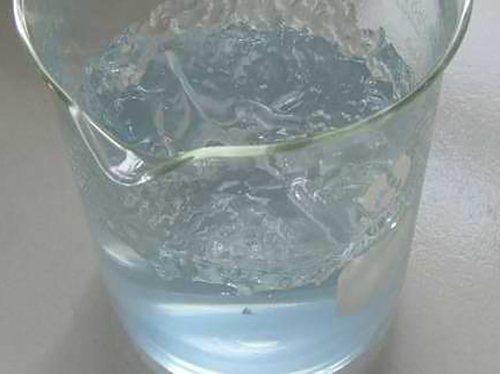Understanding the Role of Coagulants and Flocculants in Water Treatment Processes
Coagulant and Flocculant Vital Agents in Water Treatment
In an era where water scarcity is becoming increasingly prevalent, the significance of effective water treatment processes cannot be overstated. Among the most critical components in these processes are coagulants and flocculants. These substances play vital roles in the removal of suspended solids, pathogens, and other impurities from water, ensuring that it is safe for consumption and environmental discharge.
Understanding Coagulants and Flocculants
Coagulants are chemical agents that are used to destabilize colloidal particles, allowing them to agglomerate into larger particles, or flocs. This process typically occurs when chemicals are added to the water, causing particles to clump together due to neutralization of their surface charges. Common coagulants include aluminum sulfate (alum), ferric chloride, and polyaluminum chloride. These substances are crucial in the initial stage of the water treatment process.
Flocculants, on the other hand, are substances that aid in the agglomeration of particles after the coagulation process. They facilitate the formation of larger flocs that can then easily be removed from the water through sedimentation or filtration. Flocculants can be natural or synthetic, with common examples being polyacrylamide and starch-based products. The choice of flocculant often depends on the characteristics of the wastewater being treated and the specific conditions of the treatment process.
The Treatment Process Coagulation and Flocculation
The process of coagulation and flocculation is typically employed in the treatment of municipal drinking water, industrial wastewater, and effluent treatment. It involves several steps
1. Rapid Mixing Coagulants are added to the water, where rapid mixing occurs to distribute the chemicals evenly and initiate the coagulation process.
2. Coagulation During this step, fine particles in the water, which are typically negatively charged, begin to neutralize due to the coagulants. The neutralization causes these particles to collide and form small aggregates.
coagulant flocculant

3. Flocculation After coagulation, gentle mixing is applied to promote further aggregation of smaller flocs into larger, more stable flocs. This step is crucial as larger flocs settle more easily and can be effectively removed from the water.
4. Sedimentation In this step, the flocculated water is allowed to sit so that the larger flocs can settle to the bottom due to gravity. This process is essential for separating the clean water from the sludge formed at the bottom.
5. Filtration Finally, the treated water undergoes filtration to remove any remaining solids. This step enhances the clarity and quality of the water before it is disinfected and distributed for use.
Benefits of Coagulants and Flocculants
Utilizing coagulants and flocculants in water treatment offers several advantages. Firstly, these agents significantly improve the efficiency of suspended solid removal, leading to higher quality drinking water and effluent. Secondly, they help reduce the overall chemical usage in subsequent treatment processes, ultimately lowering costs and minimizing environmental impact.
Moreover, the use of coagulants and flocculants can also enhance the effectiveness of disinfection processes by reducing the organic load in the water, which may otherwise react with disinfectants to form harmful byproducts. This synergistic effect makes the treatment process more efficient and safer for human health.
Conclusion
As water resources become increasingly strained, the importance of coagulants and flocculants in water treatment continues to grow. These chemical agents not only facilitate the effective removal of impurities from water but also contribute to the overall efficiency and safety of water treatment processes. Continued research and development in this field are essential to optimize the use of these agents, ensuring that communities have access to safe and clean water for all their needs. As we move forward into a future where water conservation and quality are paramount, the role of coagulants and flocculants will undoubtedly remain critical in safeguarding our most precious resource.
-
lk-319-special-scale-and-corrosion-inhibitor-for-steel-plants-advanced-solutions-for-industrial-water-systemsNewsAug.22,2025
-
flocculant-water-treatment-essential-chemical-solutions-for-purification-processesNewsAug.22,2025
-
isothiazolinones-versatile-microbial-control-agents-for-industrial-and-consumer-applicationsNewsAug.22,2025
-
scale-inhibitor-key-solutions-for-water-system-scale-preventionNewsAug.22,2025
-
organophosphonates-versatile-scale-inhibitors-for-industrial-water-systemsNewsAug.22,2025
-
scale-and-corrosion-inhibitor-essential-chemical-solutions-for-water-system-maintenanceNewsAug.22,2025





